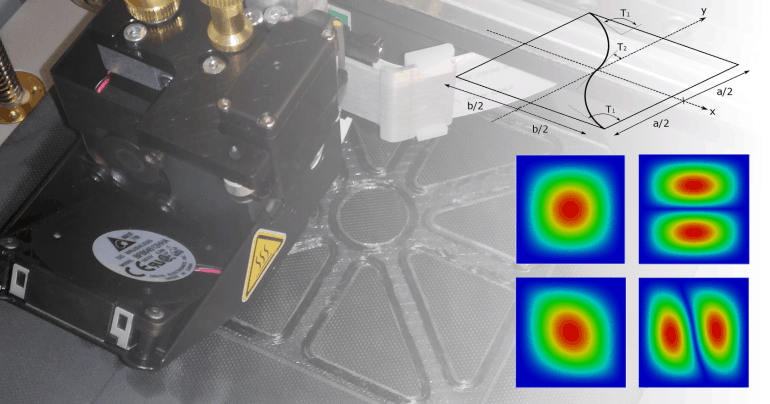Analysis and optimum Design of Additive Manufactured composite strUctures for Space applications

Info
| Funded by: | Compagnia di San Paolo | |||
| Start Date: | 15/09/2017 | Duration: | 24 Months |
Coordinator
Partners
Summary
The new aircraft programs, such as the Airbus A350XWB, contain more than 50% by weight of composites. Also, advanced composite materials are well established in space applications, such as solar arrays and optical platforms. The rate and economy of composite manufacture, thus, need to improve to meet the requirements of the future build programs. In this context, automation is one way forward.
Nowadays, the new technologies, such as Automated Fibre Placement (AFP), promise a large-scale use of composites and, simultaneously, allow for going beyond the traditional design rules, leading the designer to find more efficient solutions than before. In fact, AFP technology brought to the emergence of a new class of composite materials; namely, the Variable Angle Tow (VAT) composites. A modern AFP machine allows the fibre to be placed along a curvilinear path within the lamina and implying a point-wise variation of the material properties. In this manner, the designer can take advantage of the directional properties in the most efficient way. Nevertheless, current engineering tools are not able to predict the mechanical behaviour of VAT composites; hence, the whole design process, from optimization to structural verification, is compromised.
ADAMUS aims at setting new methodologies and design standards for VAT composites obtained by AFP. In detail, ADAMUS wants to: 1) develop a multi-level optimization strategy based on genetic algorithms and polar formalism for the optimum design of VATs; 2) implement refined structural models for the accurate simulation and analysis of VATs; 3) investigate the possible industrial exploitation of the AFP technology. If successful, ADAMUS will fill the gap between design and AFP manufacturing, providing the engineering community with new composites that are expected to change the design paradigms.
MUL2 Investigators
Alfonso Pagani, Enrico Zappino, Erasmo Carrera, Andrea Viglietti
